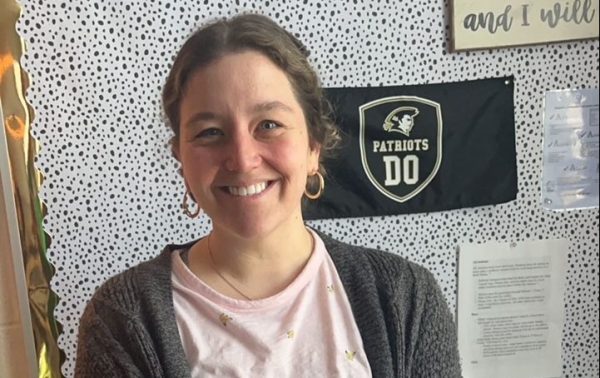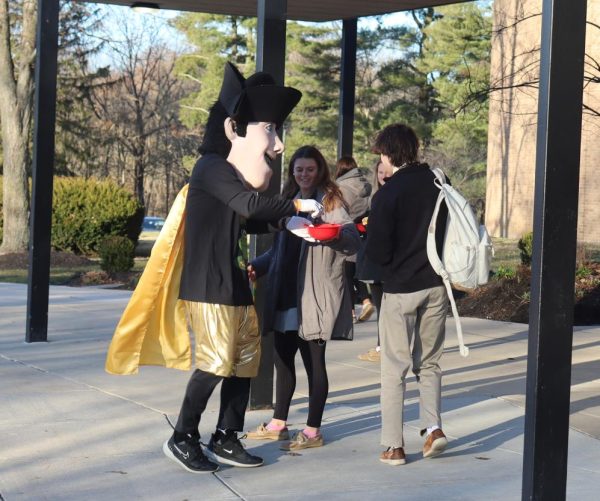Students explore Hamatsa tradition
Dancing around nearly naked in front of your English class may seem like a desperate attempt for extra credit, but in Dick Paaby’s sophomore honors English classes, it means more than just a dance.
The Hamatsa dance tradition from the novel “I Heard the Owl Call My Name” is a manhood ritual that took place in the Pacific Northwest. “It was a young boy in the dark jungle for three days and three nights performing violent dances, digging up and eating a corpse, all while facing his village chief and tribe elders,” said Paaby. To be considered an adult or a mature man in this culture, “he had to display pride, confidence, and leadership.”
Paaby first started incorporating “I Heard the Owl Call My Name” into his curriculum in the early 80s after science teacher John Hughes introduced him to the novel. “Each student has to do one oral report per semester,” said Paaby. A student could pick this novel and do the dance along with it, but they must be a boy. “It really is the most dramatic way to open the culture,” said Paaby, “you know, instead of the students just talking about it, why don’t they do the dance? It makes the book come alive.”
The dance itself is usually performed by one or two sophomore boys a year. This year’s participants were Adam Kuester and AJ Stewart. “Doing [the Hamatsa dance] was a major thing, being three quarters of the way naked. It helps you do things you didn’t think you could ever do,” Kuester said.
Another previous student whom Paaby had remembered was Coleman Zurkowski, class of ’08, who choreographed his own dance along with his own music. Even some alumni faculty participated in the dance as sophomores: English teachers Nick Attanasio, class of ’96 and Mark Ionescu, class of ’95.
“There are two general types of the dance,” Paaby said, “There was coming in through the window or coming in through the door. The window entrance is always more dramatic, while the door entrance draws more attention like it is almost staged.”
Even though the Hamatsa dance was a big part of the culture, the main focus was the carving of the totem poles out of the cedar tree, which meant all their means of survival. The tribes would carve cedars, a type of wood that can actually be found in Harford County. “I would really like to bring in a cedar log and have the students carve it,” said Paaby, “It would make the book more real and more alive.”
Taylor Schafer can be reached for comment at [email protected].
[nggallery id=15]





